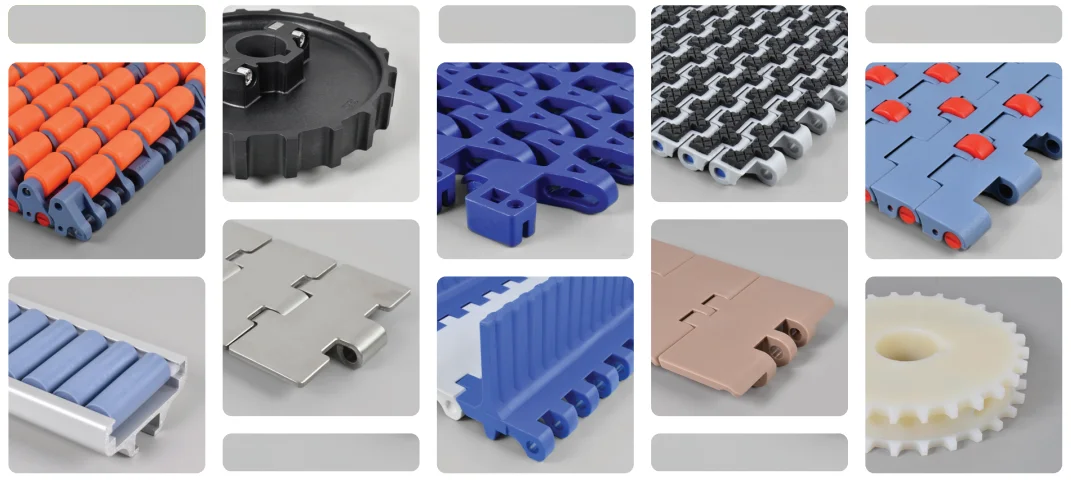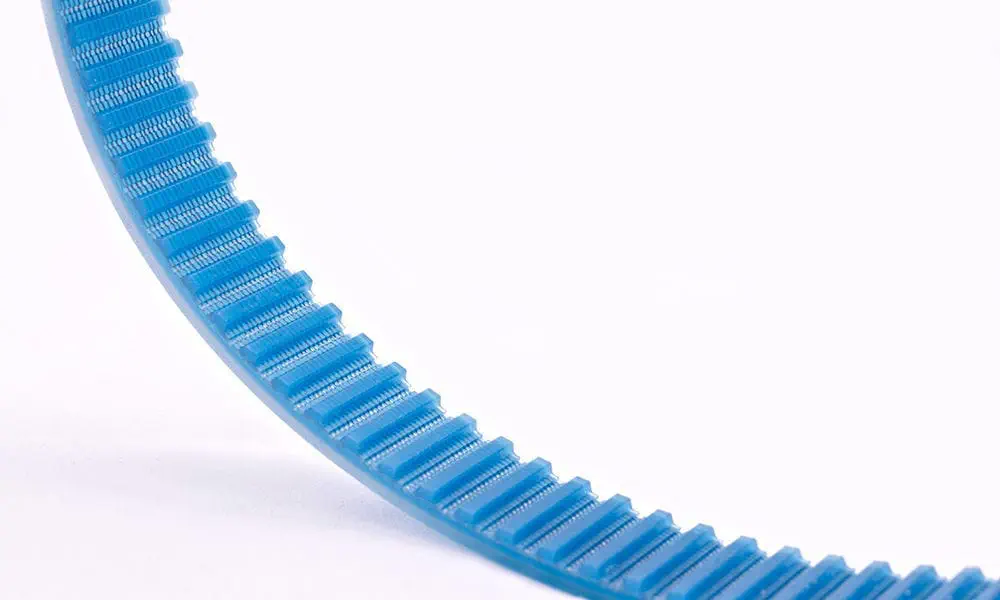Product Description
Description
- OEM size suit for customers’ requirment
- Multiple color can be choosed
- Engraved or embossed logo accepted
- Large order quantity are CZPT to be fulfilled
- Strict quality control system
- In time delivery and thoughtful custom-service
- Certification: SGS, GB/T 19001-2016, ISO9001:2005
| material | Nylon ,mc,nylon,POM,ABS,PU,PP,PE,PTFE,UHMWPE,HDPE,LDPE, PVC,etc. |
| color | Black, white, red, green, transparent or any color according to Pantone code |
| size | As per customer’s requirements |
| Technology | Injection molding, CNC machining, Extrusion. |
| Surface Treatment | Powder coating, Zinc coating, Galvanization, Electro-deposition coating, Chrome/zinc/nickel plating, Polishing, Silkscreen, Black oxide |
| Application | Automotive, ATV, Mechanical equipment, Construction, Home appliance, Aviation, Office facilities, Agriculture, etc. |
| Shippment | We have longterm cooperation with internation shipping agent and express company, so that shipping safty and arriving time are secured |
Our Factory
Our Machine
Our Certification
CZPT is a SGS verified manufacture. We have passed ISO9001:2005 quality control certifacation as well as environment management certification.
For fast quotation, please inform below detials;
1. Product type
2. Size (provide samples or 2d/3d drawings for reference)
3. Material specification (or let us using environment)
4. Quantity request
5. Prefer color
Our Advantage:
OEM service—We are a company specialsing in making OEM mechanical parts in rubber & plastic & pu material, and we produce according to your samples or drawings ,if they are not available, we design according to your requirements and the application. Various existing molds—We have our own CZPT factory,and after more than 30 years of continued accumulation, there is a very large amount of moulds ,so that we may save the CZPT cost for you.
Our Packing
Our usual packaging ways are as followings,or it can be as customer’s request.
Shipping:
We will choose the shipping methods according to your request.
Contact Us
/* March 10, 2571 17:59:20 */!function(){function s(e,r){var a,o={};try{e&&e.split(“,”).forEach(function(e,t){e&&(a=e.match(/(.*?):(.*)$/))&&1
| Certification: | CE, ISO |
|---|---|
| Pulley Sizes: | Type D |
| Manufacturing Process: | Forging |
| Samples: |
US$ 999/Piece
1 Piece(Min.Order) | Order Sample For sample price, package information, and logisti
|
|---|
| Customization: |
Available
| Customized Request |
|---|
.shipping-cost-tm .tm-status-off{background: none;padding:0;color: #1470cc}
|
Shipping Cost:
Estimated freight per unit. |
about shipping cost and estimated delivery time. |
|---|
| Payment Method: |
|
|---|---|
|
Initial Payment Full Payment |
| Currency: | US$ |
|---|
| Return&refunds: | You can apply for a refund up to 30 days after receipt of the products. |
|---|

Can you provide insights into the future trends and developments in plastic belt technology for industrial conveyance?
Plastic belt technology for industrial conveyance is continuously evolving, driven by advancements in materials science, manufacturing processes, and industry demands. Here are some insights into the future trends and developments in plastic belt technology:
- 1. Enhanced Material Formulations:
Future developments in plastic belt technology will likely involve the development of advanced material formulations with improved properties. Manufacturers are investing in research and development to enhance the strength, durability, and wear resistance of plastic belts. These developments may include the use of new polymers, additives, and reinforcement materials to create belts that can withstand higher loads, temperatures, and abrasive environments.
- 2. Increased Customization:
Customization is becoming a significant trend in plastic belt technology. Conveyor systems are used in a wide range of industries with varying requirements, and customization allows for tailored solutions. In the future, plastic belt manufacturers may offer a wider range of customization options, such as belt width, surface patterns, and specialized coatings, to meet specific application needs. This trend will enable optimized performance, improved efficiency, and reduced maintenance for industrial conveyance systems.
- 3. Integration of Smart Technologies:
Smart technologies are increasingly being integrated into industrial systems, and plastic belt technology is no exception. In the future, plastic belts may incorporate sensors, data collection devices, and connectivity features to enable real-time monitoring and analysis of belt performance. This integration of smart technologies will allow for predictive maintenance, early fault detection, and optimization of conveyor system efficiency. The data collected from the belts can be used to optimize operations, reduce downtime, and improve overall productivity.
- 4. Focus on Sustainability:
Sustainability is a growing concern in the industrial sector, and future developments in plastic belt technology will likely reflect this trend. Manufacturers are exploring ways to reduce the environmental impact of plastic belts by incorporating recycled materials, adopting more sustainable manufacturing processes, and improving end-of-life management. Additionally, there may be an increased emphasis on designing belts that are lighter in weight, energy-efficient, and recyclable, thus further enhancing the sustainability profile of plastic belt technology.
- 5. Advancements in Joining and Splicing Techniques:
The joining and splicing of plastic belts are critical for creating a continuous and reliable conveyor system. Future developments may focus on advancements in joining and splicing techniques to improve the strength, flexibility, and longevity of belt connections. This can involve the development of new bonding agents, welding methods, or mechanical fastening systems that provide stronger and more durable belt joints. These advancements will contribute to the overall performance and reliability of plastic belt technology in industrial conveyance.
In summary, the future of plastic belt technology for industrial conveyance is expected to witness advancements in material formulations, increased customization options, integration of smart technologies, a focus on sustainability, and improvements in joining and splicing techniques. These developments will drive enhanced performance, efficiency, and sustainability of conveyor systems, meeting the evolving needs of industries across various sectors.

How do environmental factors affect the performance of plastic belts in outdoor applications?
Environmental factors can significantly impact the performance of plastic belts in outdoor applications. Here’s a detailed explanation:
- 1. Temperature:
The temperature in outdoor environments can vary widely, and extreme temperatures can affect the performance of plastic belts. High temperatures can cause plastic belts to soften, deform, or lose their structural integrity. On the other hand, low temperatures can make plastic belts brittle and more prone to cracking or breakage. It’s important to choose plastic belts that are specifically designed to withstand the temperature range of the outdoor application to ensure optimal performance and longevity.
- 2. UV Exposure:
Plastic belts exposed to direct sunlight in outdoor applications are susceptible to UV degradation. Prolonged exposure to UV radiation can cause the material to become brittle, fade in color, and weaken over time. UV-resistant plastic belts, typically made with additives or coatings that provide UV protection, are available to mitigate the effects of UV exposure. Using UV-resistant belts is crucial to maintain the performance and lifespan of plastic belts in outdoor environments.
- 3. Moisture and Humidity:
Outdoor environments often involve exposure to moisture and humidity, which can impact the performance of plastic belts. Excessive moisture can cause plastic belts to absorb water, leading to dimensional changes, reduced strength, and increased risk of mold or bacterial growth. High humidity can also affect the friction characteristics of the belts, potentially impacting their grip or slip resistance. Using moisture-resistant or waterproof plastic belts and implementing proper drainage and ventilation systems can help mitigate the effects of moisture and humidity.
- 4. Dust and Debris:
Outdoor applications are prone to the accumulation of dust, dirt, and debris. These particles can enter the conveyor system and become trapped between the plastic belt and other components, leading to increased friction, wear, and potential belt damage. Regular cleaning and maintenance practices, such as periodic belt cleaning or installing effective dust control measures, are essential to prevent the buildup of dust and debris and ensure the smooth operation of plastic belts in outdoor environments.
- 5. Mechanical Stress:
Outdoor applications may involve exposure to mechanical stressors such as heavy loads, impacts, or abrasive materials. Plastic belts should be selected based on their mechanical properties to withstand the specific demands of the outdoor environment. Reinforced or heavy-duty plastic belts with enhanced tensile strength and impact resistance may be necessary to ensure reliable performance and prevent premature failure.
- 6. Corrosive Substances:
In certain outdoor applications, plastic belts may come into contact with corrosive substances, such as chemicals or saltwater. Corrosive substances can degrade the plastic material, leading to reduced belt strength and potential failure. It’s important to choose plastic belts that are chemically resistant to the specific substances present in the outdoor environment to ensure long-term performance and minimize the risk of belt damage.
In summary, environmental factors such as temperature variations, UV exposure, moisture and humidity, dust and debris, mechanical stress, and corrosive substances can all impact the performance of plastic belts in outdoor applications. Selecting plastic belts specifically designed to withstand these environmental challenges, implementing proper maintenance practices, and considering additional protective measures can help ensure the longevity and reliable operation of plastic belts in outdoor settings.

Are there specific applications where plastic belts outperform other types of conveyor belts?
Yes, there are specific applications where plastic belts outperform other types of conveyor belts. Here’s a detailed explanation:
- 1. Hygienic Environments:
Plastic belts are particularly well-suited for applications in hygienic environments such as the food and beverage industry, pharmaceuticals, and healthcare. They offer smooth, non-porous surfaces that are easy to clean and sanitize, reducing the risk of bacterial growth and cross-contamination. Plastic belts’ resistance to chemicals and moisture makes them suitable for industries that require regular washdowns and adherence to strict hygiene standards. In these applications, plastic belts outperform other types of belts, such as fabric or metal belts, which may be more difficult to clean or prone to bacterial buildup.
- 2. Product Accumulation and Diverting:
Plastic belts, especially modular plastic belts, excel in applications that require product accumulation and diverting. The interlocking modules on modular plastic belts allow for smooth product flow and accumulation without the need for additional components or complex control systems. These belts can also divert products to different lanes or conveyors using simple mechanisms. Plastic belts’ flexibility and adaptability make them an excellent choice for applications where precise product control and diversion are necessary, such as sorting systems in distribution centers or assembly lines with multiple workstations.
- 3. Gentle Product Handling:
Plastic belts, particularly those with cleats or vacuum features, are preferred when gentle product handling is required. The cleats on plastic belts help prevent product slippage and ensure stable conveying, making them suitable for incline or decline applications or conveying delicate items. Vacuum plastic belts utilize suction to hold lightweight or fragile products securely during transport, minimizing product damage. These belts outperform other types of belts, such as roller or chain conveyors, which may cause friction, impact, or abrasion on the conveyed products.
- 4. Noise Reduction:
Plastic belts offer noise reduction advantages over other types of conveyor belts. The damping properties of plastic materials help absorb vibrations and reduce noise generated during operation. This makes plastic belts a preferred choice in applications where noise levels need to be minimized, such as retail environments, offices, or manufacturing facilities with strict noise regulations. Other types of belts, such as metal belts or fabric belts, may produce higher levels of noise due to their material properties or mechanical design.
- 5. Corrosive or Wet Environments:
Plastic belts are highly resistant to chemicals, oils, and moisture, making them suitable for applications in corrosive or wet environments. In industries such as chemical processing, wastewater treatment, or mining, where exposure to corrosive substances or water is common, plastic belts offer superior performance and durability compared to belts made of materials like metal or fabric. Plastic belts’ resistance to corrosion and moisture-related damage ensures reliable operation and extends the service life of the conveyor system.
In summary, plastic belts outperform other types of conveyor belts in specific applications where hygiene, product accumulation and diverting, gentle handling, noise reduction, and resistance to corrosive or wet environments are critical. Understanding the unique advantages of plastic belts in these applications helps industries make informed decisions when selecting the most suitable conveyor belt for their material handling needs.


editor by CX 2024-02-06